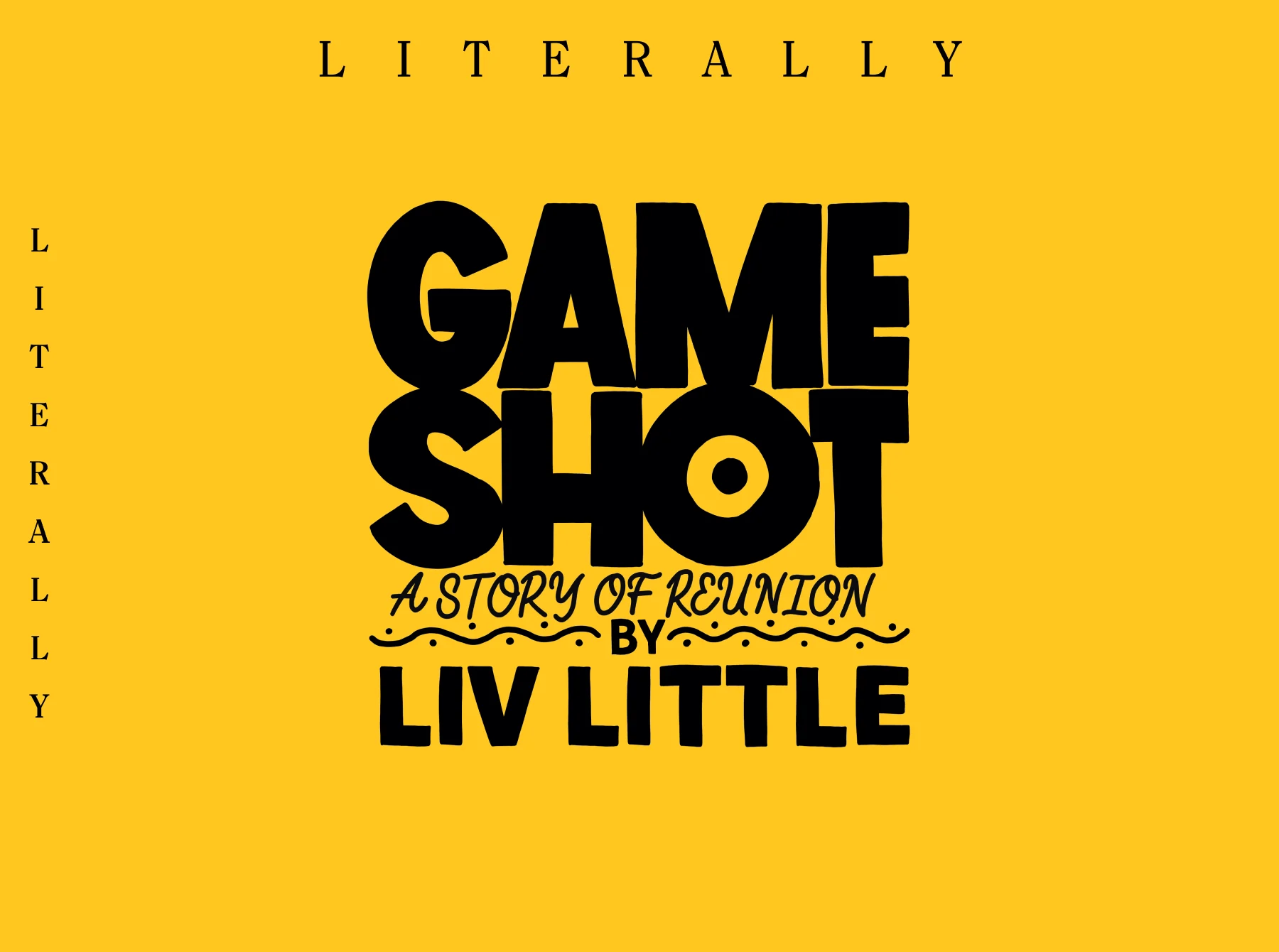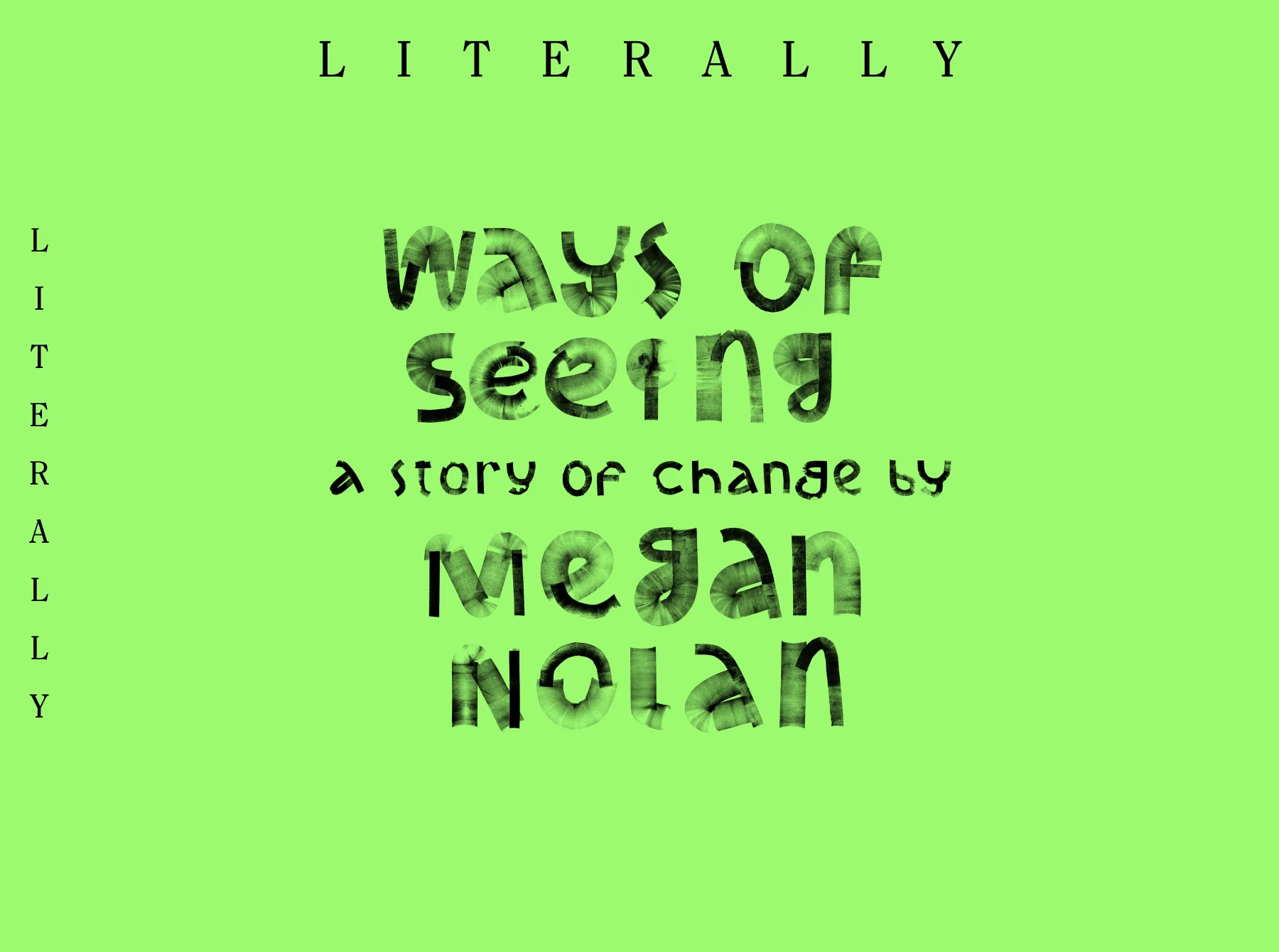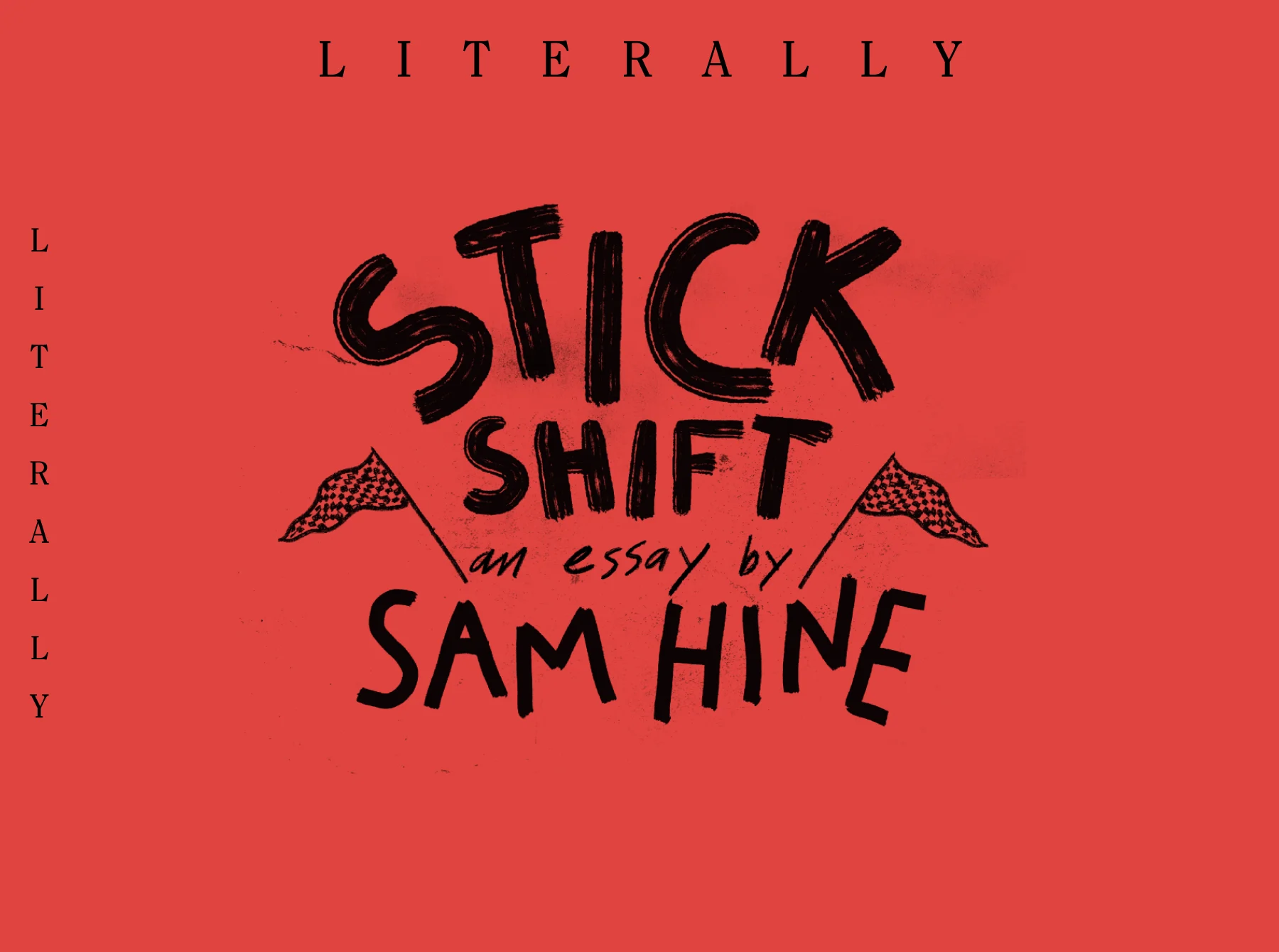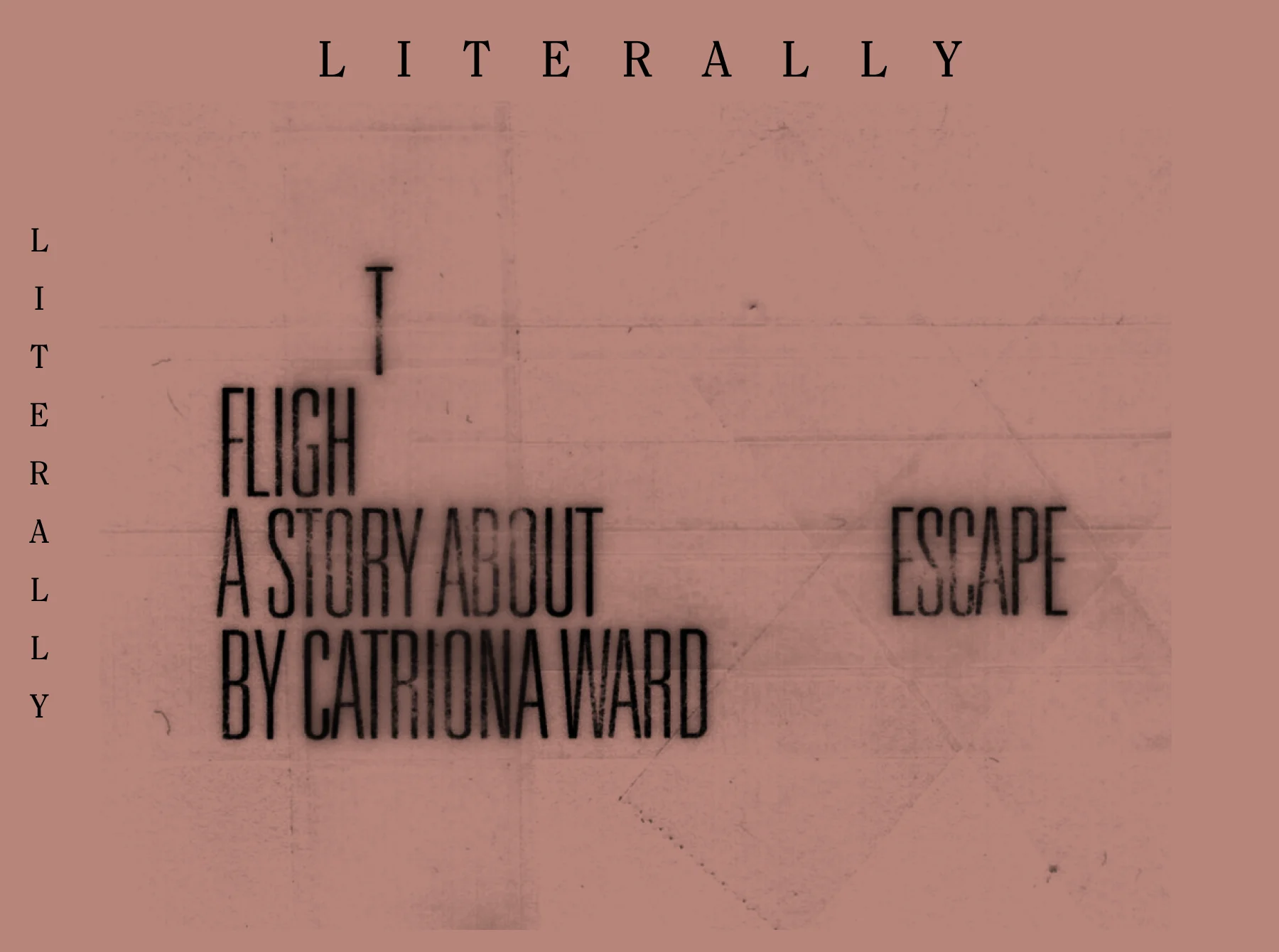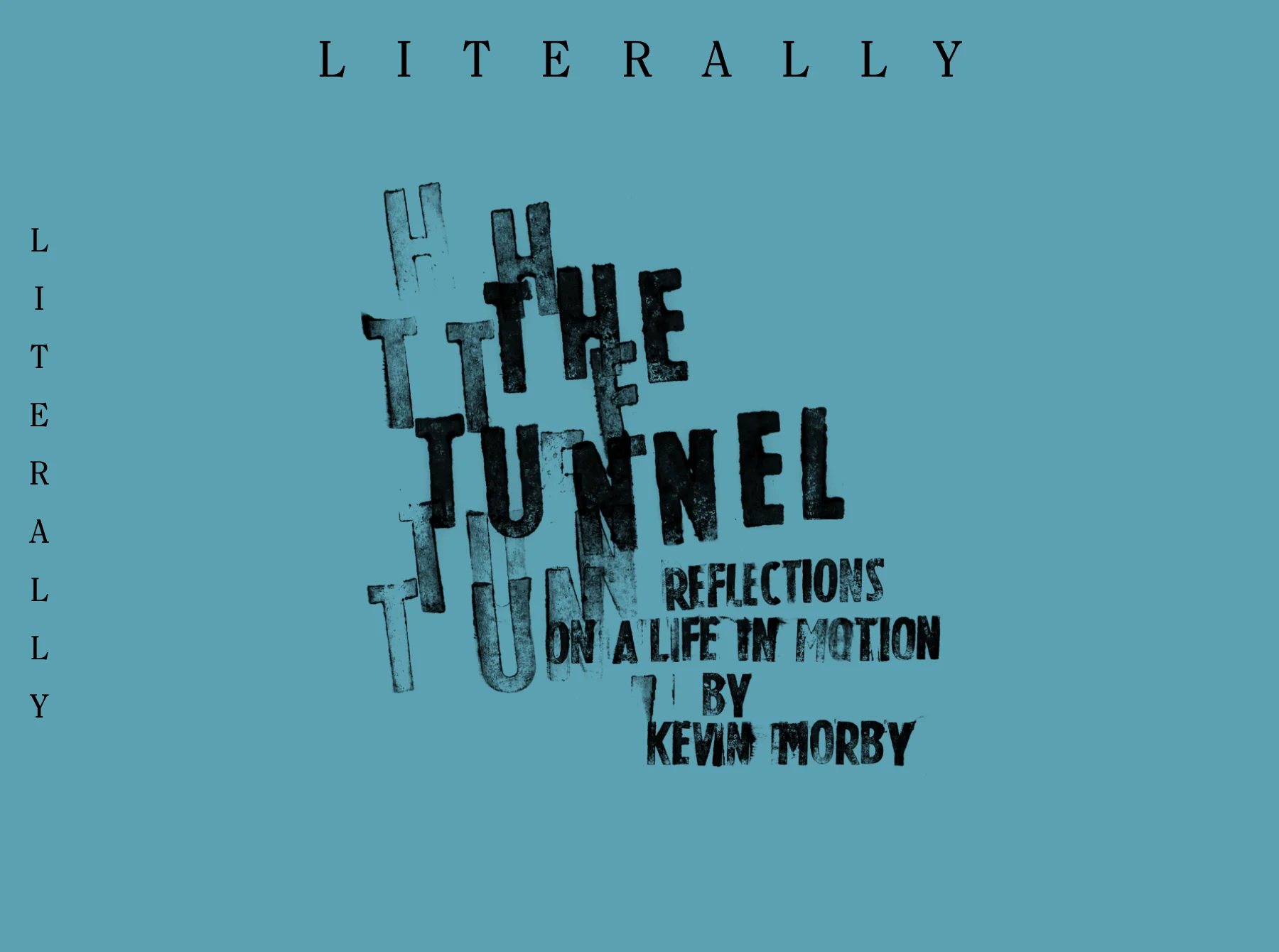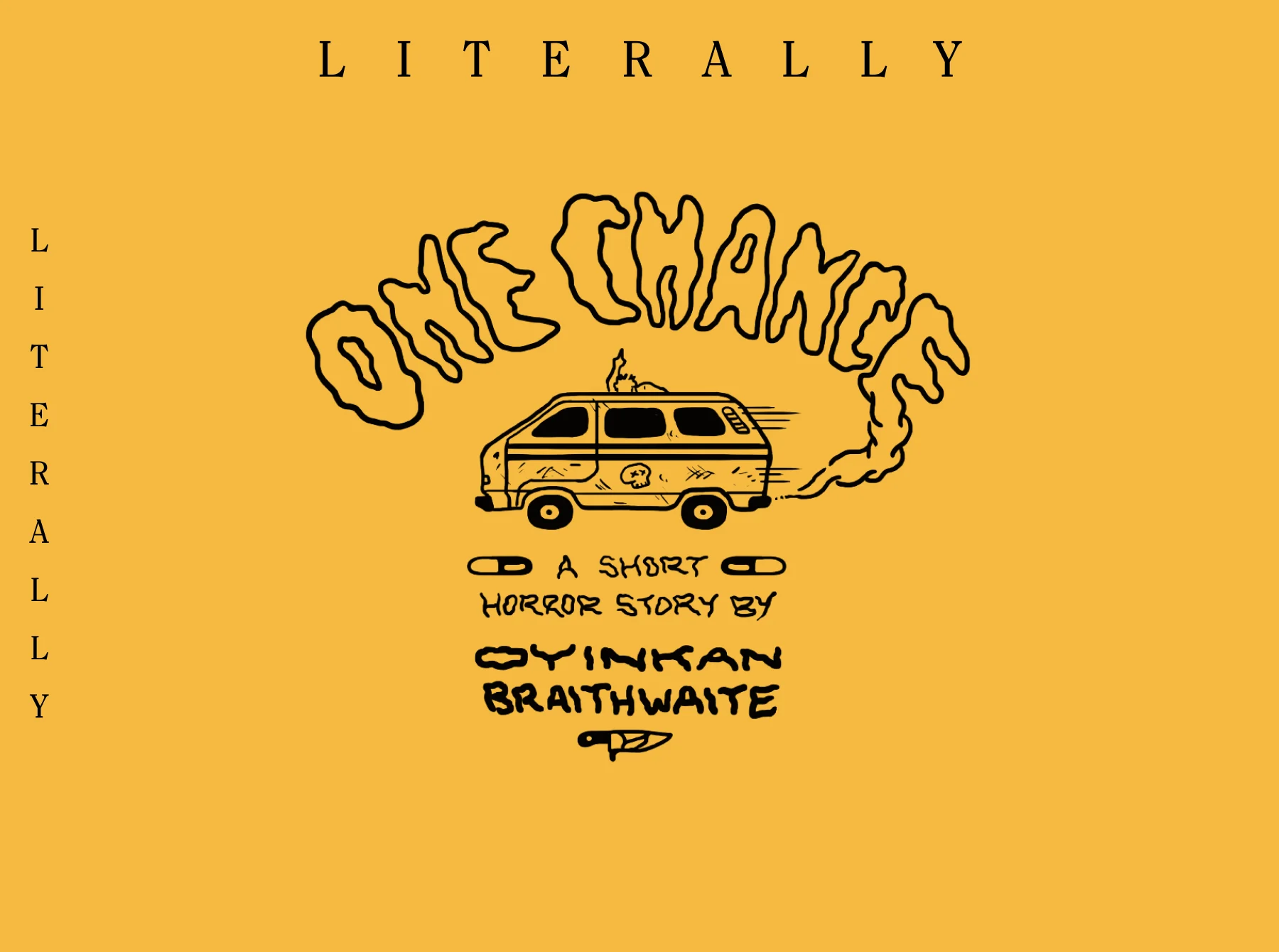

NU-TROGLODYTE MANIFESTO
Where can you find peace? Where can you find peace?
Where can you find total silence?
Complete darkness?
Here.
No phone reception.
No Wi-Fi.
No TV.
No radio.
This is the REAL Sound of the Underground (cos it is, y’know, actually underground).
No outside influences whatsoever.
A blank canvas.
Well, not exactly blank. Look at those walls. What do you see when you look there? Can you see faces? Patterns? They’re not really there you know, just like there aren’t any scorpions or bears or hunters up in the night sky. The constellations? They’re just dot-to-dot pictures invented by some forgotten cave man. The universe is random: only man tries to give it a pattern. To make it mean something.
But aren’t these patterns good enough just as they are? Without any interpretation? Wouldn’t you love to be able to make something as beautiful as that?
Of course you would. But no one made it. It just happened.
Stalagmites
Stalactites
Which is which?
“Tights come down” – (a crude but effective way to remember).
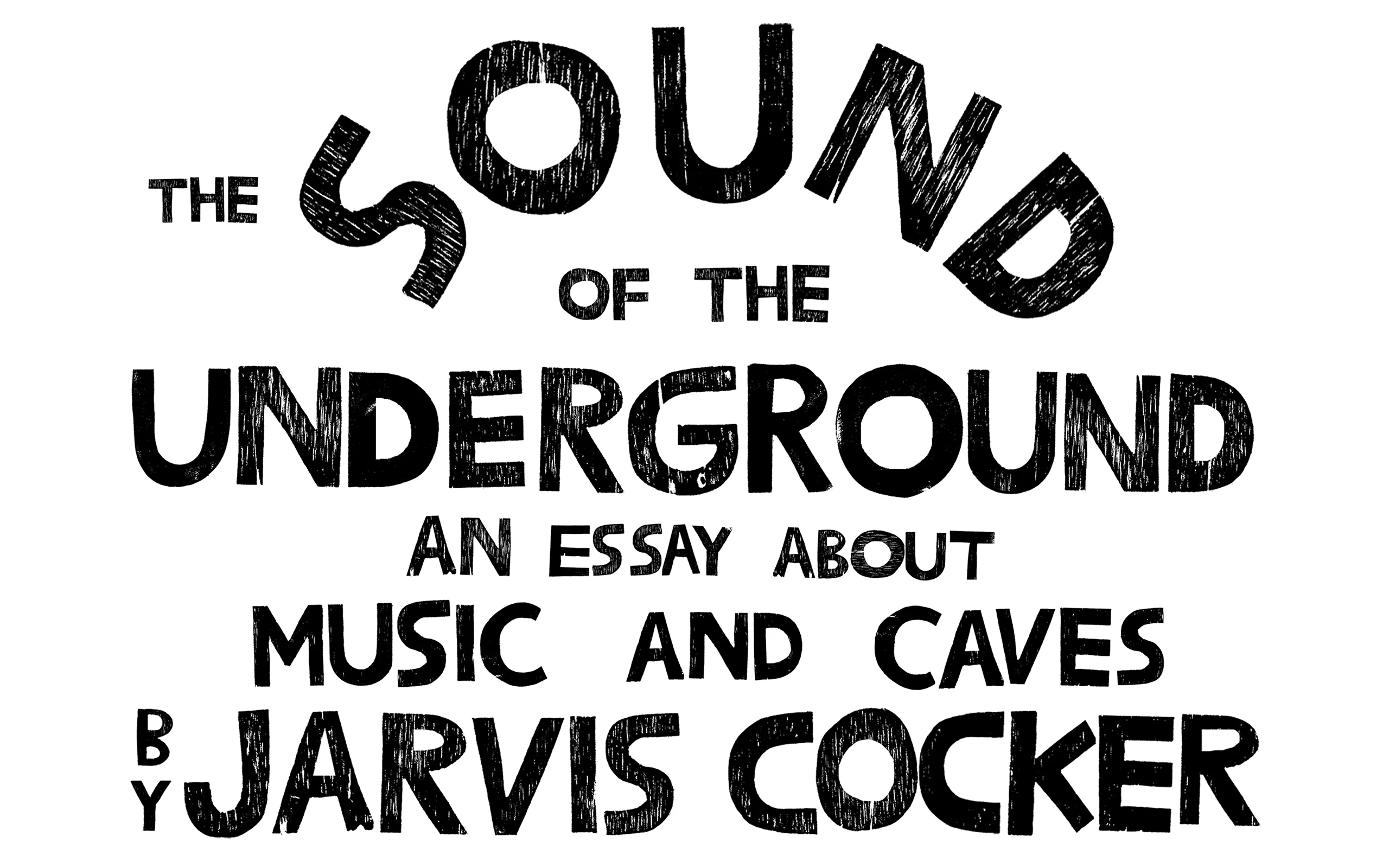
These things take over 20,000 years to form, you know.
And I thought I was a slow worker…
Is it a coincidence that the club that gave birth to the most significant and influential musical group of the past century was called The Cavern?
I don’t think so.
And why are all the best night-clubs in dark, dingy basements with low ceilings?
Easy.
Because it reminds us of being here. Back in the cave. I mean, c’mon: why do you think it was even called “Rock Music” in the first place?
This is where it all began.
A member of your family once lived here.
The original Des-Res.
And now it’s time to come home.
Time to come back to the source.
Time to escape the constant, endless, meaningless jabbering that distracts you from who you really are and what you really want to do.
There’s room to think in here.
Room to live.
Come in (mind your head).
Sit down.
Stare at a rock.
Let’s start all over again.”
How did I come to write the manifesto reproduced above?
And to be on the verge of releasing an album partially recorded in a cave in the North of England?
I am a pop singer, not a paleontologist. Where did these ideas come from?
Well, the story begins with a book, which I have been reading on and off for the last 10 years or so.
It’s by David Lewis-Williams. His contention is that something happened back in the caves of prehistory that changed human consciousness forever.
What might that be?
Ok, let’s not get ahead of ourselves – let’s begin with first things first – like: how did this book come into my possession?
So…

There’s a Paleolithic settlement near to my home town of Sheffield called Creswell Crags. It’s the kind of place that you get taken to on school trips when you’re a kid. I found myself there around 10 years ago because I was back Up North and looking for some activity to keep my son occupied one day.
I went with no expectations, but when we arrived I found myself pretty impressed by the place. It’s a little like a quarry, but there are caves set into the quarry walls so it almost looks like a prehistoric version of a high-rise block of flats, such as Sheffield’s famous Park Hill complex. So it didn’t feel completely alien. There was something familiar about it.
Creswell Crags’ main claim to fame is that it has the UK’s only surviving example of cave art in one of its chambers. It’s a small carving of a horse’s head. There’s a metal grille over the entrance to where it is so it won’t get vandalized by visiting school kids.
As I was looking into this shallow chamber with the carving on the wall, something strange happened to me. I began to feel quite emotional – to the extent that I thought I might actually shed tears. It took me completely by surprise. This was just supposed to be a mildly educational father and son day out. But I suddenly got a really strong mental image of somebody, back in prehistory, probably laid on their back in this cramped, dark space, using whatever was at hand to make these marks on the wall.
And the thought of someone doing that: going to all that trouble to make marks on a wall that another person could then look at and understand in some way – in other words, someone learning to communicate what was on their mind, to externalize it in a way that another human being could respond to – that felt like I was somehow looking at the very beginnings of human art. It had all begun with someone uncomfortably scraping away in the dark and hoping that those scratches on the rock wall would communicate something. It wasn’t just lo-tech, it was no-tech, and yet here I was, thousands of years later, welling up whilst looking at it and not really being able to say why. It still worked! That unknown cave artist was moving me, right here in the present day.
I had to find out why.
So I entered Creswell Crags gift shop after our visit in a state of extreme excitement. And that’s where I found the David Lewis-Williams book and bought it on the spot.
As much as anything, it was the title that hooked me: The Mind in the Cave is such a powerful phrase. What happened in those caves that meant that an object made then could still speak to me all these years later? How did the “modern” mind develop inside the skulls of a load of people sitting around in the dark ages ago? Questions worth searching for an answer to, I thought.
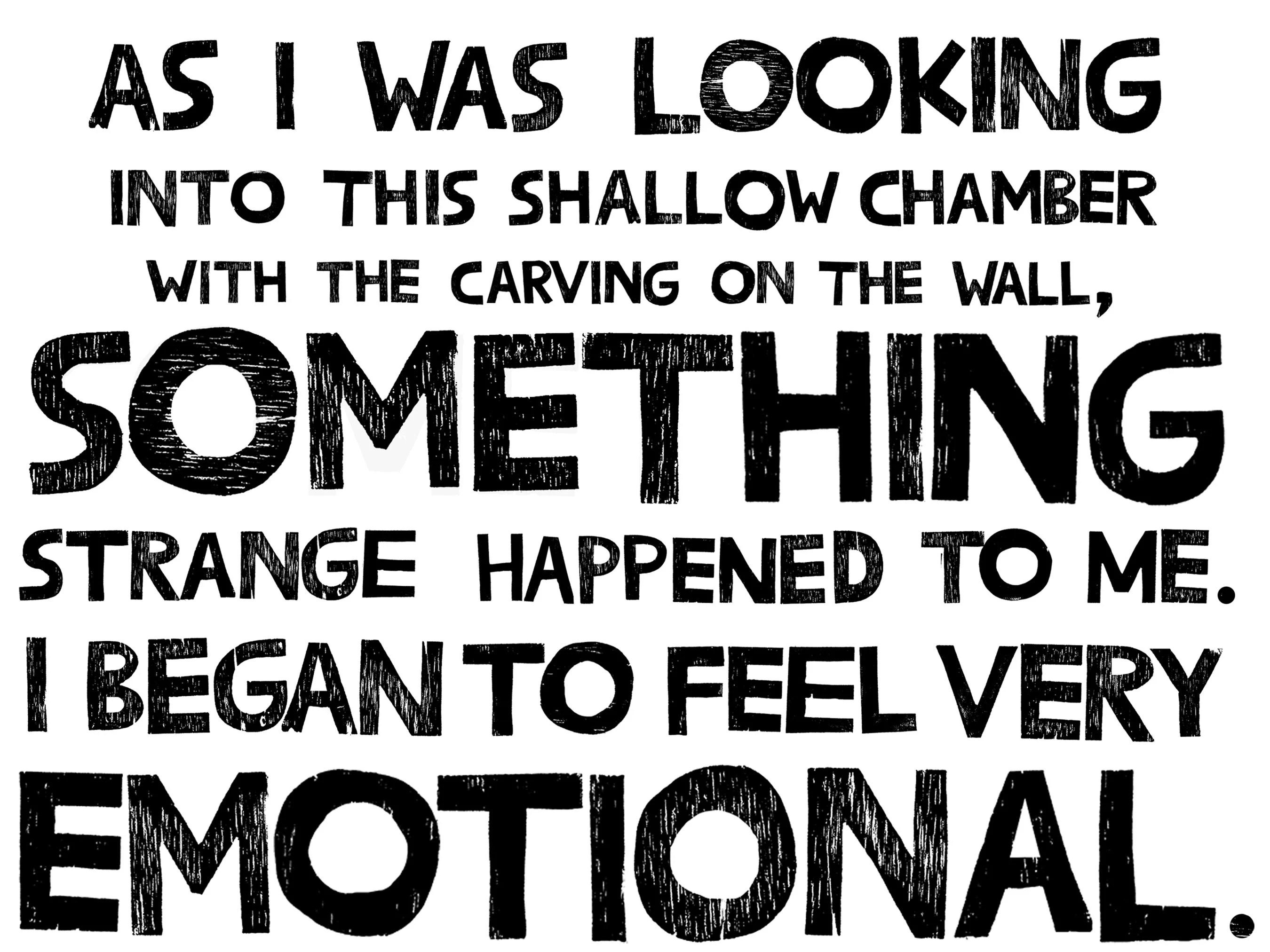
THE PIPER AT THE GATES OF DAWN
Music is the prism through which I view the world. If I have to run for a bus I will invariably find myself singing Run To You by Bryan Adams. When I saw some oranges in the grocer’s the other day that were labelled “easy peelers” I immediately launched into an amended version of the Eagles’ Peaceful Easy Feeling (got one or two bemused looks from my fellow shoppers). There is not an event in my life that does not have some musical soundtrack associated with it. So it was natural that I should try to understand the idea of The Mind in the Cave by relating it to music somehow.
This is some seriously old music gear. Vintage even.
You’re looking at the very dawn of music technology: these bone flutes date from the Paleolithic Era – roughly 43000 years ago. More or less the same time as that carving on the wall of Creswell Crags was made.
And they were made in a fairly similar manner. The thing that makes them “technology” is the holes – until then they’re just leftovers. The holes were made by someone scraping away with something sharp for hours and hours after they’d finished their dinner.
But the holes are not randomly placed: they are placed at very specific points to produce the musical intervals known in Western music as “fourths” and “fifths.” Fourths and fifths make up the backbone of almost every popular song, they are the most widely-used intervals in the world’s many differing musical systems.
Don’t worry if you haven’t had a formal musical education (I haven’t), but trust me: you have heard fourths and fifths. Have you ever listened to blues music? Are you familiar with the song Wild Thing by The Troggs? Or Fly Me To The Moon by Frank Sinatra? Have you ever danced to I Will Survive by Gloria Gaynor? Or It’s a Sin by The Pet Shop Boys? All based on fourths and fifths.
But until Paleolithic Man (or Woman) heard a fourth and a fifth we didn’t know that we liked them. Think about that for a moment...Once more, a discovery made by an unknown hominid hunched in the dark, this time making holes in a bone and then blowing to hear the result. How long did it take to discover those magic harmonic intervals? How many hours of trial and error went into making each of these rudimentary musical instruments? We will never know the answers to these questions – but we’re still benefiting from those messy, post-dinner R&D sessions back at the dawn of civilization. The instruments may have developed in the meantime, but the song remains the same. Music opened up a brand new part of the world for us to enjoy.
The world of The Riff.

WORLD OF ECHO
This got me wondering about how many other aspects of our supposedly “modern” music scene had their roots in prehistory.
In The Mind in the Cave David Lewis-Williams writes about how very often you will find a concentration of cave pictures at a certain point in the cave system where there’s a particularly strong audio echo. Apparently, it was all part of our ancestors’ desire to construct an environment in which to enact rituals. Ancient Man would find a place where they could stand up and dance and, if they made noise or music, it would sound good. Somewhere they could vibe, basically.
This immediately reminded me of how, when rock music first started in the ‘50s, the first effect they used in the studio was the “slapback” echo effect you can hear on all those early Elvis Presley records. (Sam Phillips got his echo effect by using magnetic tape rather than sending Elvis down a mine shaft to record his vocals, of course).
Other early recording pioneers got a similar effect by constructing what they called an “echo chamber.” A bare-walled room with a loudspeaker at one end and a microphone at the other. Any sound played through the speaker bounces off the walls and is then picked up by the microphone, thus resulting in a cavernous, reverb-laden sound. If you’ve ever sung in the shower you’ve basically recreated the same effect. Sounds great, doesn’t it?
But why does it sound great?
I got very excited thinking about all this because echo and reverb are still the most used effects in rock music. I started wondering whether that too could be traced back to our origins in the cave. Could it be that on an instinctive level we find those cave-like sounds of reverb and echo pleasurable because they take us back to those origins? That we are getting something of the bone memory of events from a very long time ago – of a bunch of Troglodytes carrying out a noisy ritual deep in the bowels of the earth?

Consider the other part of David Lewis-Williams’ statement: “often you will find a concentration of cave pictures at a certain point in the cave system where there is a particularly strong audio echo.” As part of the construction of a ritualistic space, the walls would be covered with pictures to enhance the mood.
Aren’t we talking about a disco here?
Think about it: sound (flutes, echo), light (flaming torches), visuals (cave paintings). It’s all there – nowadays it might be more likely to be: sound (4K TurboSound System), light (strobe, laser), visuals (video wall, LCD projector) – but the principle is essentially the same: we are creating an environment in which to lose our shit.
Also, in my experience, music venues or discotheques that are really good, often tend to be very cave-like spaces. They will maybe be in a basement, have quite a low ceiling, they’ll be dark, there are maybe just small patches of moving light – a bit like a fire flickering on a wall. These are the venues where good things happen.
I personally don’t think music really “happens” in the open air. I know there’s been a bit of an explosion in the number of outdoor festivals recently, but generally speaking music in the open air blows around and kind of dissipates. Same in big arenas or stadiums – it wafts.
But in a small venue with a low ceiling, the music hasn’t got anywhere to escape to, it bounces back off the walls, it surrounds you, it can almost feel like it enters you and goes into your body. It’s easier to get lost in the music in that kind of environment.
And isn’t that what it’s all about?

THE NEXT STEP
All through the last decade these ideas have been gradually developing in my mind, just like one of those stalactites or stalagmites you find down there – so it felt natural that when I came to make new music, caves would be involved somehow.
I felt that by going back to the very roots of human creativity I could learn how to begin a new creative venture of my own.
And I knew it had to involve other people. Caves were the first places we learned to live in close proximity with each other. There’s no point learning how to communicate if there’s no one else to communicate with.
So it had to be a band. A social happening, a social gathering. A collective leap in the dark. An attempt to make sense of the shadows on the wall and the shadows inside my own head.
A return to the source.
A rave in a cave.
So, back in the spring of 2018 our group JARV IS… played live inside Peak Cavern in Derbyshire. Recordings from the second night’s show ended up forming the basis of the album we are about to release, two years later.
The journey from “The Mind in the Cave” to “The Band in the Cave” was well and truly underway.
What have I learnt from that journey?
Sometimes you have to go right back to the start in order to find out how to move forward.
And guess what?
It’s as natural as evolution.

Jarvis Cocker is a musician and broadcaster from the north of England. He formed the band Pulp in 1979, whilst still at school. Between 2009 and 2017 he hosted the award-winning radio programme Jarvis Cocker’s Sunday Service on BBC Radio 6Music. His current musical project is the band JARV IS… Their album Beyond The Pale was released worldwide on Rough Trade Records on July 17th 2020.
If you enjoyed this article, Jarvis would also recommend you try and get a copy of The Mind in the Cave by David Lewis-Williams (obvs), Wonderland by Steven Johnson, This Is It by Alan Watts, The Power of Myth by Joseph Campbell and The Book of the Secrets (vol. 1-5) by Bhagwan Shree Rajneesh as further reading.
Literally is WePresent’s slowly expanding library of written commissions by some of the best writers in the world. The hand-drawn typography on this page was created by Nathaniel Russell.



